As we shared previously, much of our daily actions are routine habits. Our days consist of a series of habits. Some leaders have been successful due to changing the habit loops of their constituents, employees, or customers. It does not require an in-depth study to see how political parties have used the habit loop in swaying the thought process and habits of voters. (This, in my opinion, is not a good use of changing the habit loop.)
On the other hand, Tony Dungy changed the processes of coaching football with his concept of building a team of habit driven players. Dungy, over time, changed the habit loops of his team’s players causing them to rely on habit, not thinking – which in football often leads to overthinking and missed opportunities. His coaching practices were unusual to the game of football at the time.
Knowing that habits are difficult to break, coach Dungy realized the need to introduce new routines into the habit loop of players. Over time the new routines began to take hold. His players were beginning to implement the new routines without thinking. His teams began winning – not one team, but two NFL franchise teams.
The habit loop consists of a cue, a time, place, or preceding action that triggers the brain to enter an automatic response. Passing through the kitchen you see a plate of brownies, your brain decides you want a brownie. The cue is seeing the plate of brownies.
The second part of the loop is your response or routine. You love brownies, so your routine is to pick up a brownie as you pass by. It is an automatic response. You don’t take time to contemplate it. Your routine is to eat a brownie.
Then comes the third part of the habit loop; the reward. The reward is simply that. It is the satisfying emotional compensation you get from the taste of the brownie. The reward is a positive stimulus the brain receives following the routine of the habit loop.
Because the satisfying reward was sent to the brain as a positive stimulus, the next time you see a plate of brownies you will desire a repeat of the same routine – because your brain desires that positive stimulus.
Dungy’s teams focused on only a few plays instead of the traditional 200-400 plays most teams used. Instead, his teams were focused on habits. The way an opposing player lined up across the line of scrimmage, gave a cue for Dungy’s players. When his player’s reaction followed the practiced routine, each player and the team was successful.
In the organizational world (business or church) to become more effective, ascertain and observe the reward in your members/employees. Then identify the current routine which brings about that reward. Next brainstorm with key leaders different possible routines which could bring a similar reward – a positive satisfying stimulus to the brains of members/employees. You might need to experiment, try two to three different routines, to find the one that brings the desired reward.
The cue may remain the same. Finding the right routine will lead to the path of higher productivity and effectiveness. Happy Habit Hunting! And enjoy the brownies.
George Yates is the Church Health Strategist for the Alabama Baptist State Board of Missions, assisting churches and individuals in pursuing God’s purpose for life. Learn more at ALSBOM.org/revitalization.







 by
by